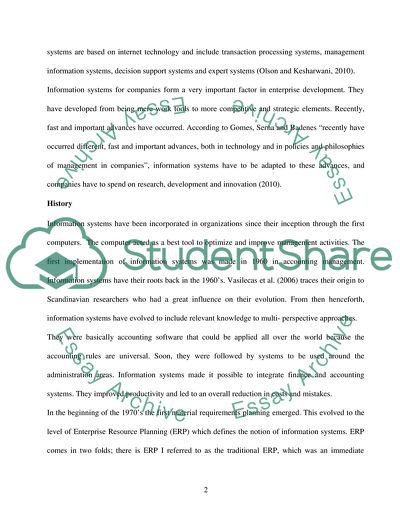Cite this document
(Information Systems Trends Article Example | Topics and Well Written Essays - 3750 words, n.d.)
Information Systems Trends Article Example | Topics and Well Written Essays - 3750 words. https://studentshare.org/information-technology/1841354-report-on-information-systems-trends-now-and-the-future
Information Systems Trends Article Example | Topics and Well Written Essays - 3750 words. https://studentshare.org/information-technology/1841354-report-on-information-systems-trends-now-and-the-future
(Information Systems Trends Article Example | Topics and Well Written Essays - 3750 Words)
Information Systems Trends Article Example | Topics and Well Written Essays - 3750 Words. https://studentshare.org/information-technology/1841354-report-on-information-systems-trends-now-and-the-future.
Information Systems Trends Article Example | Topics and Well Written Essays - 3750 Words. https://studentshare.org/information-technology/1841354-report-on-information-systems-trends-now-and-the-future.
“Information Systems Trends Article Example | Topics and Well Written Essays - 3750 Words”. https://studentshare.org/information-technology/1841354-report-on-information-systems-trends-now-and-the-future.


